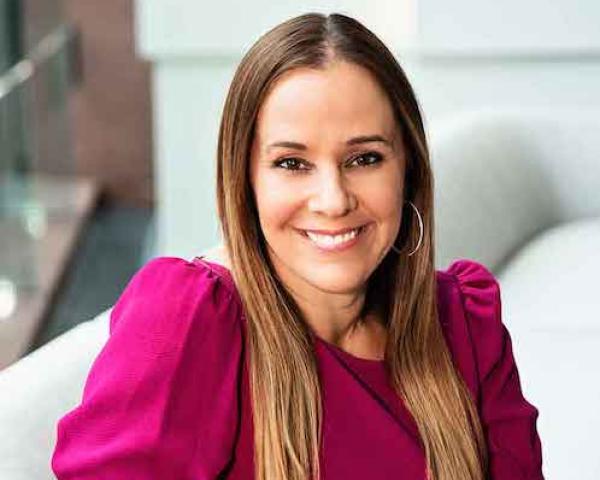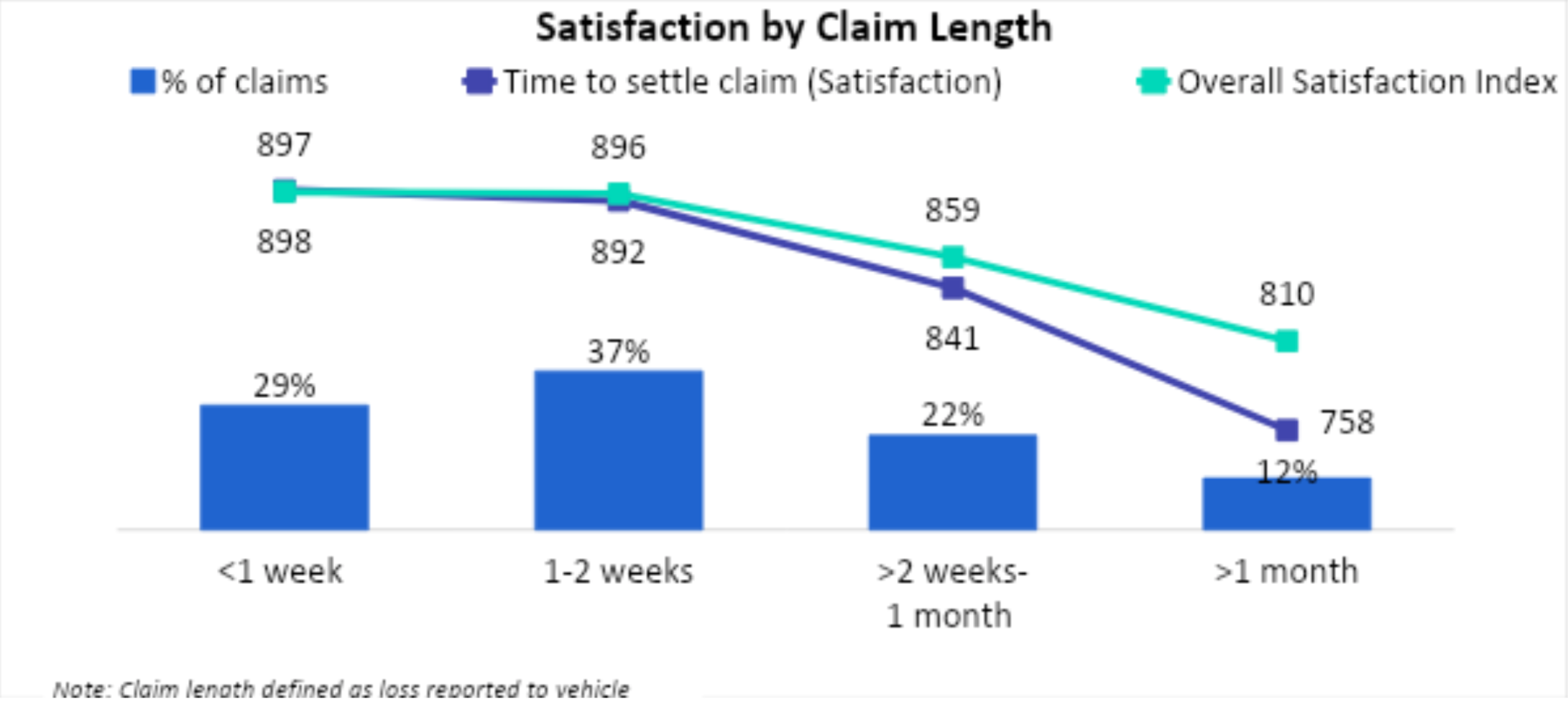When diversity, equity and inclusion (DEI) conversations come up in the corporate world, they often center on hiring and retaining talent. Those are important conversations for creating thriving workplaces. But we can also go a step further by championing DEI principles through inclusive design and delivering powerful, customer-first solutions in the world of software.
A report from the Capgemini Research Institute found that 84% of tech employees acknowledge that their products are not inclusive. The report also identified stark differences between the opinions of leadership executives and underrepresented employees, including women and ethnic minorities.
There’s a dire need for inclusivity in tech, and it’s apparent across industries. As the insurance industry continues to become more digitized year after year, insurtech product designers are tasked with not only creating products that save time and boost efficiency but also with creating a great user experience and ensuring products are accessible to a broad range of users.
My team’s goal is to create products that are not only accessible but also intuitive, efficient and effective for all our users. Vertafore’s product team is engaged in a multi-year project to modernize the user experience (UX) of our solutions. For example, as we look at our use of color, we are considering the needs of users with vision challenges and ensuring we create sufficient contrast. When we design for everyone, we further diversity, equity and inclusion.
User experience is key
No digital tech escapes the need for inclusive product design, from apps on your iPhone, to your Google Chrome browser, to your agency’s latest tech solution.
There’s a growing understanding in the insurtech marketplace that technology can create the efficiencies that empower insurance professionals to focus on what they do best. Agency management system users, for example, want to accomplish specific tasks and functions. But too much information, and multiple complex workflows, shift their focus to figuring out what’s useful and what they need to do next. By placing UX at the forefront, products not only become more accessible, but the relationship between design and end-user efficiency grows stronger.
As insurance tools become more robust (and as users become savvier), forward-looking tech providers and agencies are realizing that efficiency results not just from features and functions but also from how users experience their technology.
Inclusive technology is a journey
Inclusive design describes methodologies to create products that enable people of all backgrounds and abilities to access the same experience. Software that prioritizes inclusive design improves the user experience, which can boost brand awareness, sales and positive reviews.
The move toward a more inclusive product design strategy can seem painstakingly slow. In the B2B industry, software is complex—with a broad spectrum of data and usages—and often is slow to change. As a result, it’s still common to find biases throughout these intricate systems.
It’s important to think of product design as an evolution and an opportunity to eliminate points of exclusion. In doing so, we help to lead the change and begin to set new patterns other designers can replicate.
1. Listen to users
Successful design starts with listening to users and observing the user experience with your products from their perspective—striving to make accessibility and inclusion a product’s default rather than an option. A diverse product design team increases the group’s ability to see various ways of solving problems and establish a sense of belonging and results in higher employee engagement.
Once the team is in place, insurtech leaders can begin the product design or redesign process by watching how real people use their tools to find ways to create focus and effective workflows. In practice, that can mean:
- Automatically surfacing the right information at the right point in a workflow
- Streamlining and standardizing how users navigate the system
- Developing an open platform that can readily share data across applications
- Breaking tasks into steps, with built-in guidance to help users complete them
- Decluttering screens and menus so users can better focus
- Integrating simple, culturally diverse design elements—like icons and colors—to make the user experience more intuitive
See also: Industry Still Lags on Diversity
2. Standardize best practices
DEI principles help product designers identify points of exclusion—and opportunities for inclusion—in the user experience.
For example, most users recognize the “hamburger” symbol in mobile apps and websites as an indicator for the navigation menu. If designers replace that icon with something like a company logo to support the brand, it comes at the expense of the user experience. When faced with multiple ways to complete a function, users often default to the path they know best, even if there’s a better option.
Complex or unique styling—like an alternative to the universal “hamburger” menu icon—is less intuitive and forces users to mentally translate what they see.
3. Inclusivity as the default
In the ‘70s, sidewalk indentations were created in response to the advocacy for people in wheelchairs. We now know these indentations turned out to benefit many, from bikers, to travelers pulling suitcases on wheels, to parents pushing children in strollers. Now known as the “Curb-Cut Effect,” that building for a historically marginalized group resulted in better outcomes for everyone.
Text size is another great example where opportunities for greater inclusivity abound. Developers used to favor small, compact text because they were used to computer code. Yet the National Institutes of Health (NIH) estimates that 11 million Americans aged 12 and older have uncorrected visual impairments. Rather than strain these users or force them to change text sizes, many software designers now default to larger text, along with more legible fonts and more whitespace.
These changes benefit all users by creating an experience that is not only more accessible but also more visually engaging, with content that is easier to comprehend.
Invest in your tech
Good user design doesn’t happen by accident—it is the result of investment, applied expertise and customer engagement.
As agency leaders evaluate their tech stack in search of tools that deliver on the promise of efficiency, they must also consider what the software can do and how it supports users. That marriage of form and function is where agencies will see the real return on their investment.























